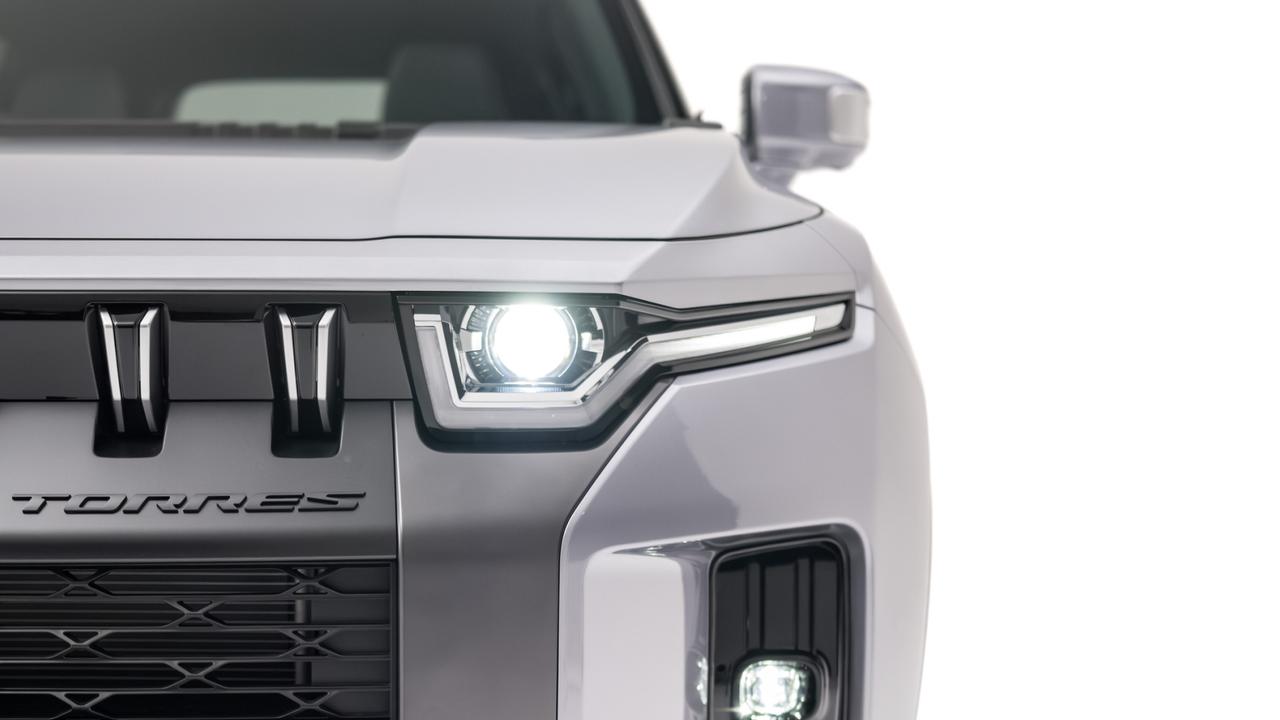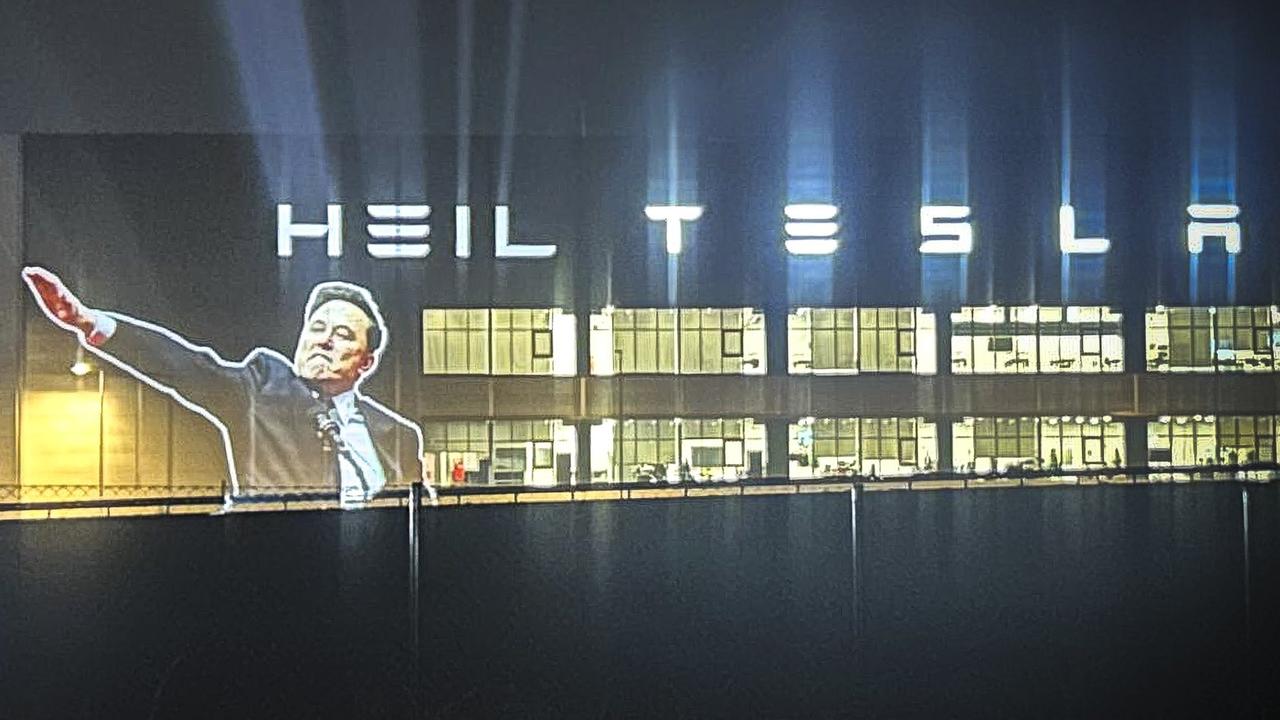CES 2025: Car manufactures unveil jaw-dropping tech innovations set to change driving forever
From solar-powered EVs to autonomous innovations, these tech discoveries are set to transform Aussie roads.
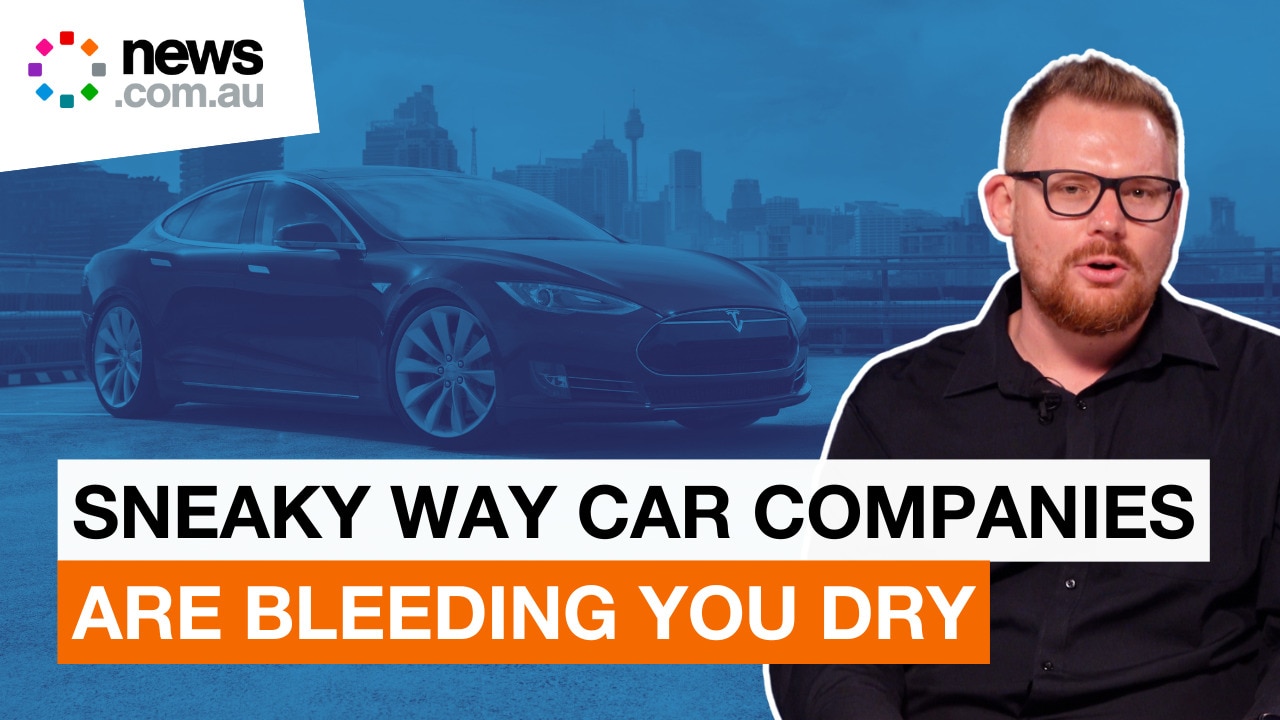
Motoring News
Don't miss out on the headlines from Motoring News. Followed categories will be added to My News.
Future roads will be fascinating, and the world’s largest tech event has offered an indication of how they might look.
The 2025 Consumer Electronics Show in Las Vegas saw the automotive industry show cutting-edge technology, groundbreaking innovations, and next-generation vehicles designed to reshape the future of mobility.
CES has become a pivotal event for carmakers, offering a global stage to highlight their strides in electric vehicles, autonomous driving, and connected car technologies, captivating a tech-savvy audience.
Here are some of the highlights:
LAND... CARRIER?
Forget the Toyota Land Cruiser, XPeng has unveiled a wild car – the Land Aircraft Carrier – equipped with a two-seater personal rotorcraft.
This mighty truck looks to take off-roading to a new level with the vehicle’s six wheels, four seats, and 1000km of range.
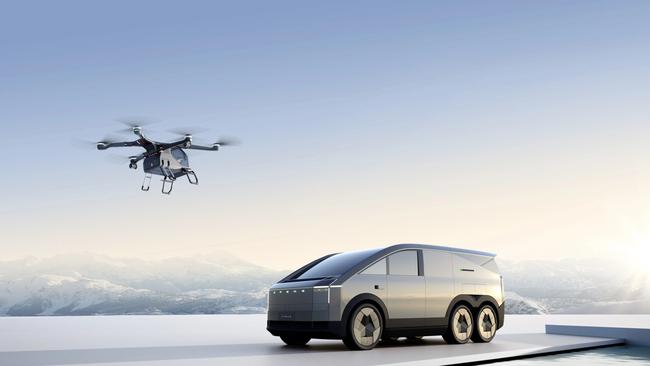
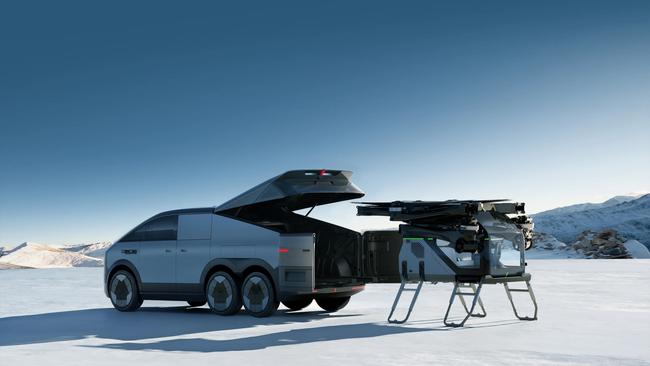
The combination includes a wheeled Land Carrier allowing the aircraft to detach and reattach to the car automatically with the simple press of a finger.
The company is aiming to begin mass production and deliver the vehicle to customers in 2026.
AFEELA 1
What do you get when you combine a Sony PlayStation with a smart-looking Honda?
The Afeela 1.
Built under a joint venture between Sony and Honda, the car is a smooth-sided electric sedan that comes with a built-in PlayStation 5 system.
Additionally, the EV can be activated using the PS5 gaming controller and even by voice commands.
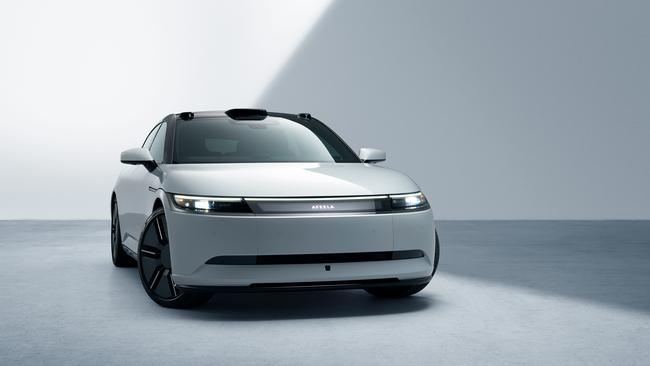
The Afeela EV will come in two variants with the Origin model priced from $US89,000 ($144,000) and the more luxurious Signature model for $US102,900 ($166,000).
A total of 40 sensors are located around the vehicle to power driving aids intended to make the road less stressful.
Tech borrowed from noise-cancelling headphones promises to make the car quieter than alternative machines.
The Tesla rival is set to produce around 359kW of power and have about 480km of driving range.
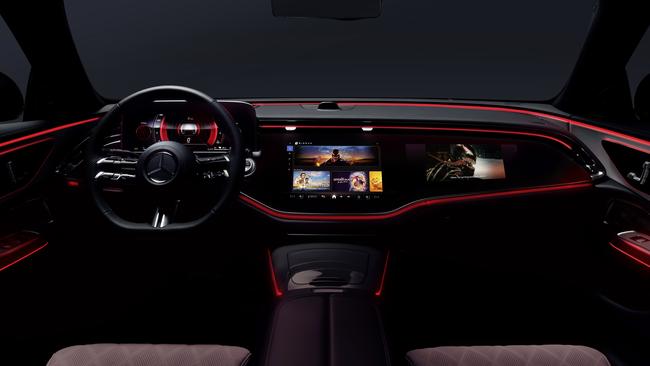
MERCEDES AND IMAX
Mercedes-Benz announced a partnership with Sony’s movie division and IMAX to turbocharge in-car entertainment.
The unique collaboration will make IMAX-enhanced movies from Sony Pictures’ library readily available in Mercedes-Benz vehicles, creating a first-of-its-kind in-car entertainment experience.
Named RIDEVU, the tech will let you watch a catalogue of Sony Pictures films in your car or SUV as long as you have a paid subscription to the Mercedes’ top entertainment package.
The service will allow movies to be watched on any of the screens in compatible Benz models, even in the back seats.
Driver can watch movies on the centre infotainment system – but only while the car is parked.

RACE THE SUN
There’s not a lot of luxury in the lightweight Aptera solar car, an EV that promises “unmatched energy efficiency, freedom from conventional charging, and a truly zero-emission driving experience”, thanks to a huge solar panel on its roof.
The company has taken more than 50,000 orders from customers across the globe, including Australia, though a local introduction has not been officially confirmed.
Chris Anthony, co-chief executive of Aptera Motors said “this vehicle embodies years of innovation and relentless pursuit of energy-efficient mobility”.
“CES is the perfect stage to share our vision and invite the world to join us in creating a cleaner, solar-powered future.”
BMW’s iDrive
BMW unveiled the next generation of its dashboard system that aims to reinterprets its customary “hands on the wheel, eyes on the road” approach.
The German marque unveiled the newly developed in-house infotainment hub – dubbed Panoramic iDrive – with the new system featuring four key technological upgrades for upcoming models based on the BMW Neue Klasse concept car.
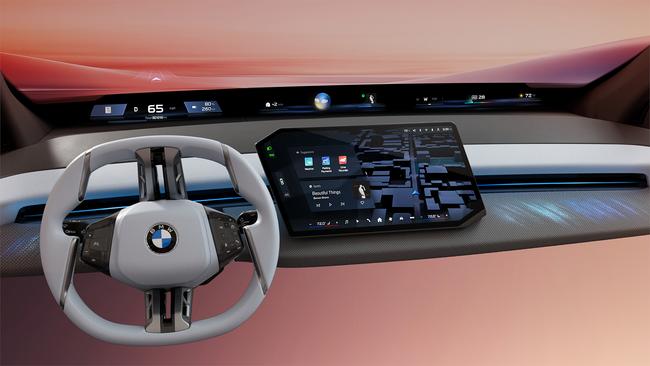
The iDrive infotainment system shows a “panoramic vision” head-up display that projects driver information – like the car’s speed, surrounding speed limits, and range – onto a black screen located at the bottom of the windscreen where it meets the dashboard.
There is also an optional 3D head-up display feature that maps out the navigation routes and assisted driving displays while the central display can be seen on a new screen that drivers can customise to their preference.
BMW also announced upgrades to its steering wheel that features buttons for multi-function controls, such as windscreen wipers, exterior mirrors, gear selector, and volume control.
BMW Group Digital Car Spokesperson Martin Tholund says the design behind the iDrive system was to offer drivers with the “ultimate driving machine” while keeping a level of simplicity.
“Our goal was nothing less than to create the new benchmark for driver orientation and we believe it represents a revolution in the human-machine interface,” Mr Tholund said.
“The four interconnected elements converge to deliver an unprecedented level of simplicity, personalisation, and driver-orientation.
“It takes the BMW ‘hands-on-the-wheel, eyes-on-the-road’ to the next level.”
The new system will gradually become available on all new BMW models.
TOYOTA CITY
Toyota announced its futuristic Woven City, which is being built on the site of a former car factory in Japan, is nearly ready for its first residents.
The Japanese auto giant announced it had completed phase one of the construction with the official launch planned for later this year.
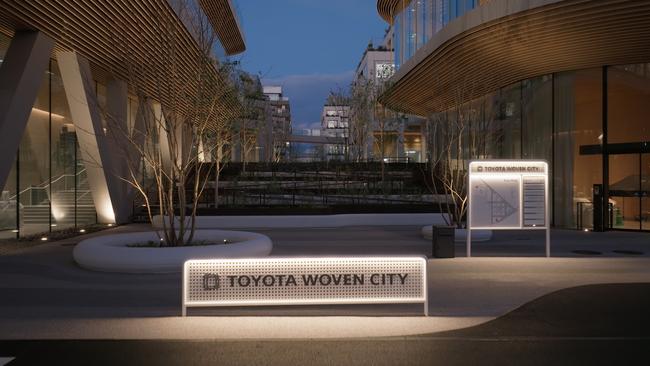

Toyota first announced Woven City at CES in 2021 with the company saying it would be a “prototype city of the future” where it can test autonomous vehicles, innovative street design, smart home technology, robotics and new mobility products on a population of real people who would live there full time.
Toyota Motor chairman Akio Toyoda says it will welcome the first 100 residents to Woven City, all of whom will be employees of Toyota or its subsidiaries.
“This year, residents will begin moving in as we slowly bring our Woven City to life,” he said.
“As each phase is complete, our population will eventually grow to around 2,000 people and will include Toyota employees and their families, retired people, retailers, visiting scientists, industry partners, entrepreneurs, academics and of course their pets.”
The Woven City site, which is located at the base of Mount Fuji, has the goal to build enough housing and facilities for up to 2000 people to live year-around, with utilities powered by the company’s hydrogen fuel cell technology.
The site is private for now, though Toyota say it plans on inviting the general public to see it in 2026.
At this year’s @CES , MOBIS introduced a revolutionary in-vehicle display technology: the holographic HUD.
— Hyundai Mobis Global (@global_mobis) January 9, 2025
Breaking away from traditional screen-based systems, this technology, developed with @ZEISS_Group , is set for mass production by 2027.
Learn how we transform the front… pic.twitter.com/i9fgmWc9ne
Hyundai holographic views
Hyundai introduced its Holographic Windshield Display that’s been co-developed with leading German optics company ZEISS.
The holographic windscreen features a panoramic projection of critical driving information such as navigation, infotainment, and safety alerts across the entire width of the front windshield. It will also seamlessly span from the driver’s seat to the passenger’s seat.
Hyundai confirmed an optical film is installed on the glass to provide easy access to key information while maintaining an open, spacious feel and improving overall driving safety.
Hyundai Mobis plans to begin mass production of this advanced technology as early as 2027.
Originally published as CES 2025: Car manufactures unveil jaw-dropping tech innovations set to change driving forever


